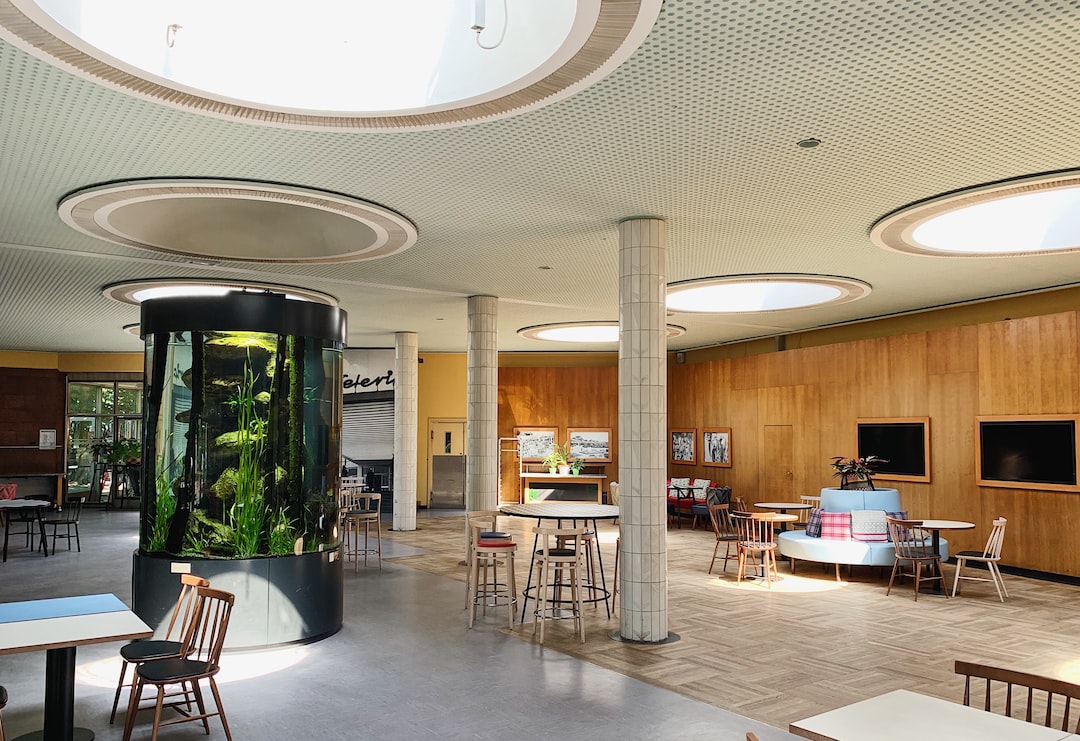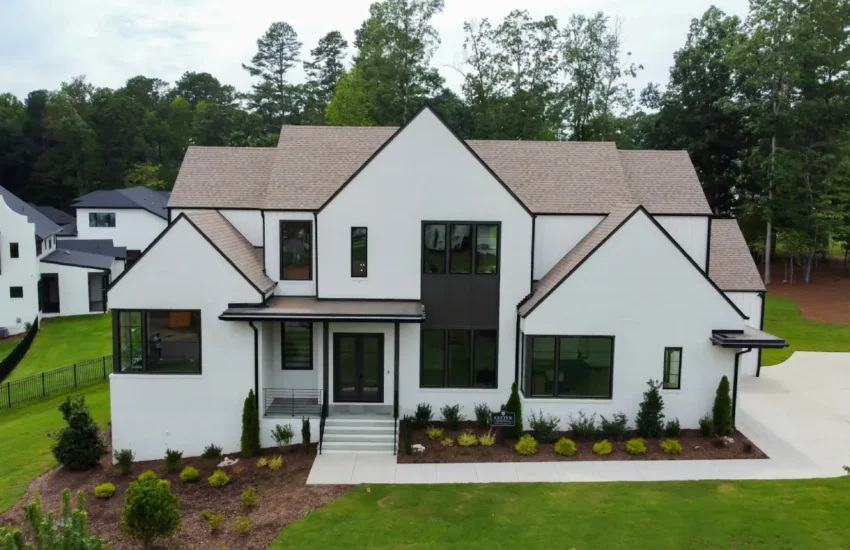Enhancing Patient Experience in Healthcare Construction
Patient experience has never been more important than it is today. It has been linked to higher satisfaction, better health outcomes, and more revenue for healthcare facilities.
Building a successful patient experience program takes teamwork and dedication. Start by involving your front desk and scheduling staff, physicians, and, most importantly, patients.

Construction
As healthcare facilities expand and upgrade to support the latest treatments, patient experience is a top priority. Hospitals focus on design that promotes healing while minimizing infection transfer and touchpoints, implementing flexible spaces for changing technologies and treatments, and providing safe and comfortable surroundings. Additionally, they are incorporating smart building materials that improve air quality and make maintaining equipment and sanitary conditions easier.
One of the fastest ways to increase a hospital’s efficiency is by adopting prefabricated construction. This approach allows hospitals to construct new buildings and renovations without interrupting ongoing operations. It reduces labor costs, improves safety, and creates safer work environments. Additionally, it helps hospitals meet regulatory requirements and increases their chances of receiving reimbursements.
The healthcare construction industry also meets the increased need for well-equipped medical treatment centers, testing labs, and quarantine rooms. However, these projects’ inherent complexity threatens to slow down construction. The industry is turning to BIM technology to address this issue for better collaboration and quicker delivery.
With detailed 3D models and a higher level of coordination, BIM facilitates preconstruction visualization, improves scheduling and planning, and makes estimation more accurate. This helps eliminate rework during construction and ensures that all stakeholders understand their roles and responsibilities. It also reduces the risk of error by digitally detecting clashes and interferences, which can be costly during installation.
Design
Patients who enter a hospital want to be healed as quickly as possible. But how a patient feels during their stay is also important. This can be influenced by everything from waiting rooms that reduce anxiety to the acoustics of a surgical suite. The good news is that healthcare designers can significantly impact the patient experience by designing hospitals and healthcare facilities.
The patient experience has become a healthcare brand imperative, with hospitals and medical centers seeking to differentiate themselves by providing a more holistic healing environment. The design and construction of these facilities are crucial to a healthcare organization’s success. Intentional design can help deliver this brand promise by creating a more comfortable patient experience.
In addition, technology applications can make an enormous difference in a patient’s experience.
Using BIM technology is another way healthcare designers can drive construction efficiency. Detailed 3D models allow preconstruction visualization and interdisciplinary coordination, eliminating costly rework during construction.
Maintenance
Whether or not the patient has a great experience at a hospital can depend on even the small details of how efficiently a building is run. Efficient processes, robust and relevant technology, a safe, professional, and comfortable environment, and compassionate providers must work together to ensure an exceptional healthcare experience.
Achieving this requires a comprehensive and integrated approach to maintenance. Most healthcare organizations have some form of preventive or scheduled maintenance based on manufacturer recommendations, regulatory requirements, or equipment needs. However, more is needed to achieve reliable operation. The true definition of maintenance is “to keep a system in an operating state at maximum capability.” Reliability-centered maintenance (RCM) addresses this need with four key principles: preserve system function; identify failure modes that affect the system’s ability to perform its function; prioritize these failure modes; and choose suitable and effective tasks to control them.
These are challenging goals to accomplish. The success of a reliability-centered maintenance program depends on a well-constructed maintenance philosophy and a fully integrated computer-based system that incorporates all maintenance management functions. This differs from simply using a predetermined set of procedures or a popular maintenance program.
Reputation
Reputation is a ubiquitous, spontaneous, and highly efficient mechanism of social control. It acts at the individual level, influencing opinions about people and their behaviors; it also influences supra-individual levels – communities, collectives, and abstract entities such as firms, organizations, countries, and civilizations.
Consumers are developing a more sophisticated awareness of quality across all industries, including healthcare. This trend drives patients to seek providers who can provide high-quality, personalized care. As a result, a strong reputation is increasingly important for attracting new patients and fostering loyalty with existing ones.
To enhance the patient experience, providers must monitor online reviews and feedback, respond promptly to negative feedback and complaints, and proactively implement a patient satisfaction survey to ensure that all patients are treated with compassion and care. Promoting positive patient experiences and outcomes through your website and other marketing channels is also important.
Safety
Healthcare construction projects must be designed with infection control in mind. This includes using antimicrobial surfaces, air filtration systems, and easy-to-clean spaces to contain pathogens. Additionally, facilities need to be built to withstand natural disasters and emergencies. This may include backup power systems, flood-resistant materials, and strategic facility planning.
Healthcare construction must also be safe for staff and patients. This means communicating with hospital staff during construction to ensure they know egress changes such as closed doors and hallways or temporary traffic flow patterns.
Creating a healthy working environment is an Occupational Health and Safety (OSH) requirement and improves revenue. Patients are similar to consumers: if they don’t enjoy their experience, they seek treatment elsewhere. Optimal patient satisfaction will increase revenue for healthcare organizations and help them win long-term patient loyalty.


